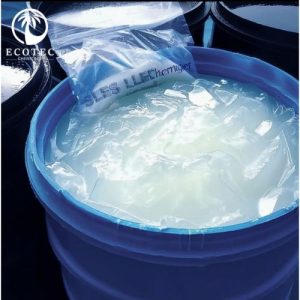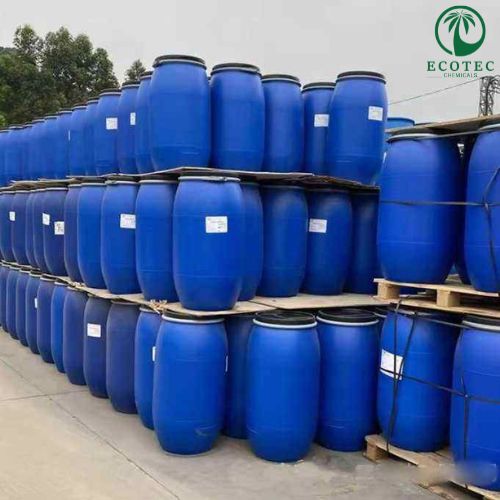TRENDS IN FOAMING AGENTS AND THE ROLE OF SLES 70% IN THE CLEANSING & SHAMPOO INDUSTRY
In the personal care and cleaning product industries, foaming agents play a vital role in enhancing cleansing performance and user experience. Among the most widely used and effective ingredients is Sodium Lauryl Ether Sulfate (SLES), particularly in its 70% concentrated form.
1. Foaming agents – A key component in modern formulations
Products such as shampoos, facial cleansers, dishwashing liquids, and body washes rely heavily on foaming agents. These substances reduce surface tension, allowing water to mix with oils and dirt more easily—facilitating effective cleansing.
Commonly used foaming agents include:
-
SLS (Sodium Lauryl Sulfate)
-
Cocamidopropyl Betaine
-
Plant-based surfactants like Decyl Glucoside, Lauryl Glucoside
2. SLES 70% – An effective and economical solution
SLES 70% is an anionic surfactant derived from ethoxylated fatty alcohols. Thanks to its high concentration and versatile performance, it has become a cornerstone ingredient for both personal care and household cleaning products.
Key advantages of SLES 70%:
-
High foaming ability: Produces rich, creamy foam for a pleasant user experience.
-
Strong cleansing power: Effectively removes dirt and oils.
-
Formulation flexibility: Works well with other surfactants and additives.
-
Cost-effective: Ideal for large-scale production.
It is widely used in:
-
Shampoos, shower gels, facial cleansers
-
Dishwashing liquids, laundry detergents
-
Hand soaps and multi-surface cleaners
In modern formulations, SLES is often combined with skin-conditioning agents like betaine or glycerin to enhance mildness and moisture retention.
3. Market shift: Balancing performance and gentleness
While SLES 70% remains a market leader, manufacturers are increasingly combining it with milder surfactants to meet consumer demand for gentler and more skin-friendly products.
Emerging trends include:
-
Using SLES in combination with natural or amphoteric surfactants to reduce irritation potential.
-
Incorporating plant-derived ingredients to appeal to eco-conscious consumers.
-
Optimizing formulas to meet global standards of safety and biodegradability.
This shift doesn’t replace SLES but rather leverages its strength alongside new-generation ingredients for enhanced performance.
4. Future outlook & industry recommendations
In the near term, SLES 70% will remain the backbone of cost-efficient, high-performance formulations across the cleansing sector. However, keeping pace with market trends will require continuous innovation and formulation updates.
Recommendations for manufacturers:
-
Continue leveraging SLES 70% for mainstream product lines.
-
Blend with milder surfactants to expand into premium or sensitive-skin markets.
-
Stay updated on green chemistry and global ingredient compliance.
-
Offer transparency in documentation and sourcing for better brand trust.
SLES 70% remains a reliable, high-performing ingredient in personal care and household formulations. When used strategically—alongside moisturizing and mild surfactants—it provides excellent results while adapting to evolving consumer expectations.
🧪 ECOTEC CO., LTD – Trusted SLES Supplier for Manufacturers and Factories
We supply high-purity SLES 70%, ideal for shampoo, body wash, dishwashing liquid, and detergent production.
📦 Ready stock – Full COA & MSDS provided – VAT invoice included
📩 Contact us now for the best quotation
📞 Phone/Zalo/WhatsApp: 0866 95 6611





